Tiryns (Gr): A block of limestone in which 2 rectangular holes have been made.
Strange Mysteries
MYSTERIES
MYSTERIES
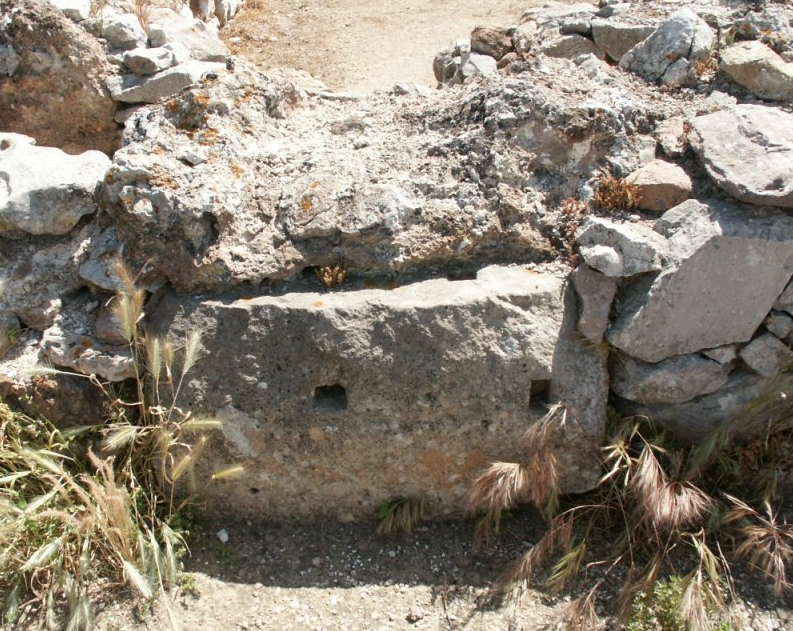
Tiryns (Gr): A block of limestone in which 2 rectangular holes have been made.

Stone vases: Pharaoh Djoser already collected them, these hard stone vases. It must have been a valuable antique even then (British Museum, London)

Tiryns (Gr): A block of limestone with a piece cut off it. Despite the hard pebbles, the surface is mirror-smooth. Do we also see a saw cut here?
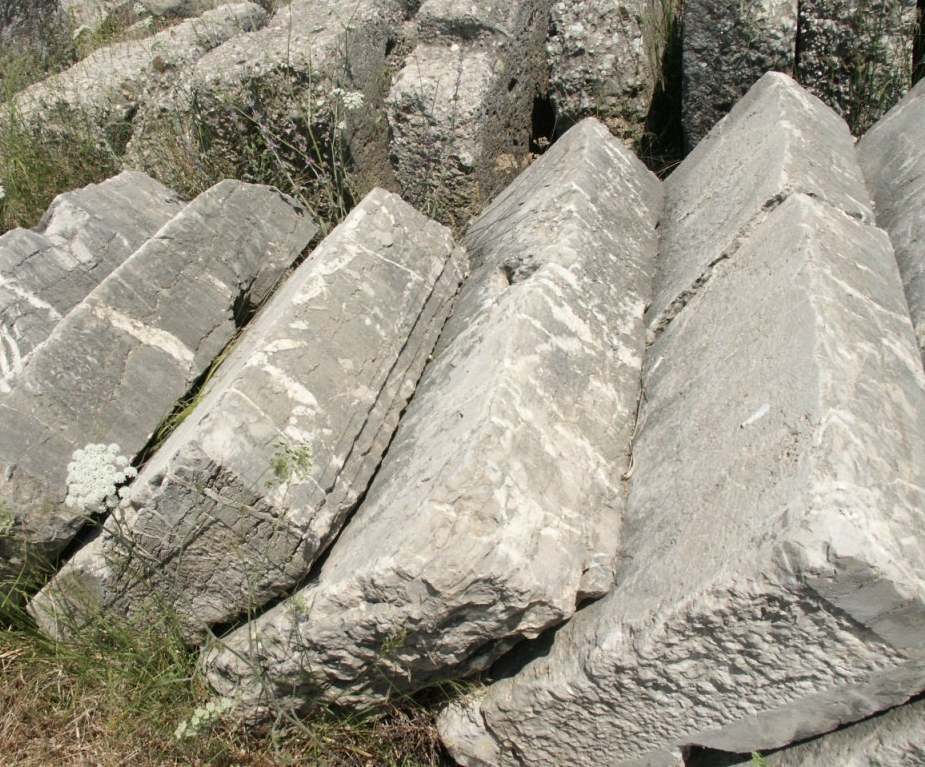
Heraion (Gr): These limestone slabs give the strong impression that they were made using a mold casting technique.

Asini (Gr): on the hill of Asini, above the megalithic walls, in the footpath there is a curious "millstone", with a rectangular hole in it.
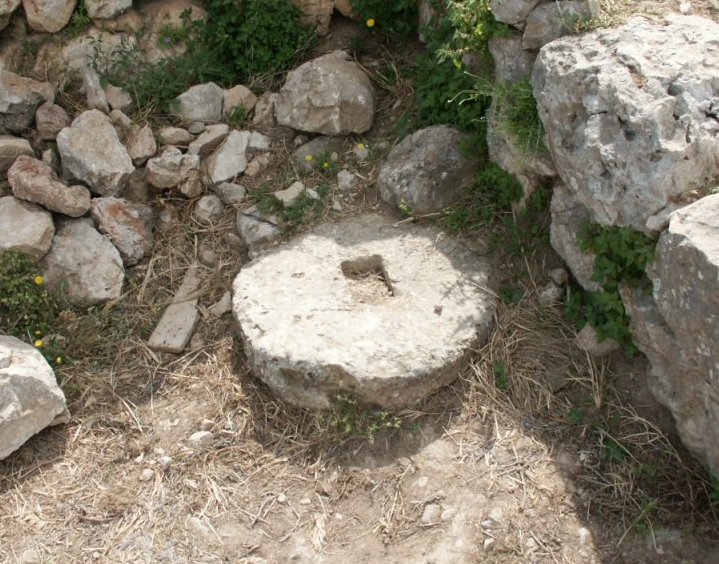
Tiryns (Gr): also in Tiryns we find a remarkable "millstone" in which a rectangular hole has been made.

Menga (Sp): Here you can clearly see that a layer of plaster was once applied to the megalith. Only a small part at the top is still there. The megalith on the right is still nice and smooth, the plaster layer is probably still present here

Menga (Sp): The gigantic deck slabs that form the ceiling of this enormous prehistoric "nuclear bunker" fit perfectly with the megalithic walls. Is this a prehistoric 'concrete' casting technique?
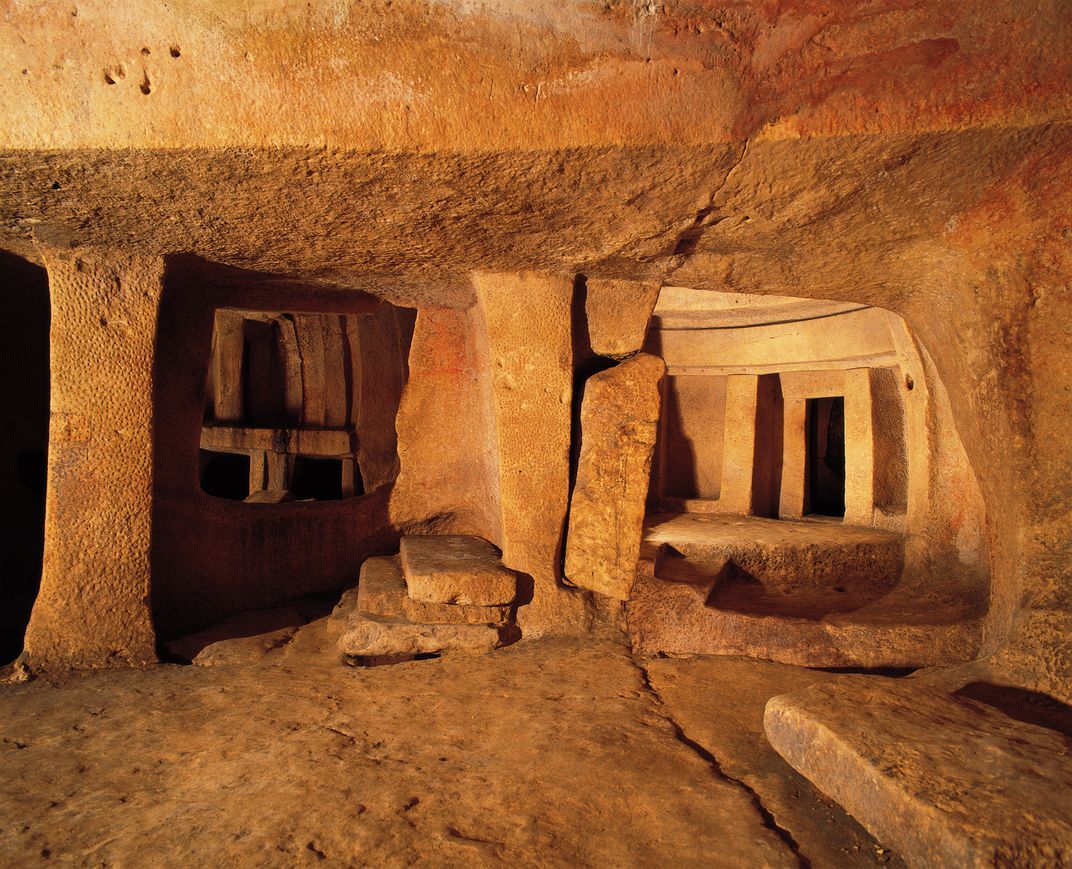
Hypogeum Hal Salflieni: The Hypogeum in the outskirts of Valetta on Malta is unique: a kind of underground temple as if built with megalithic blocks. But that's not how it is. Instead, it is carved out of the limestone ground. It is said to be more than 5,000 years old.
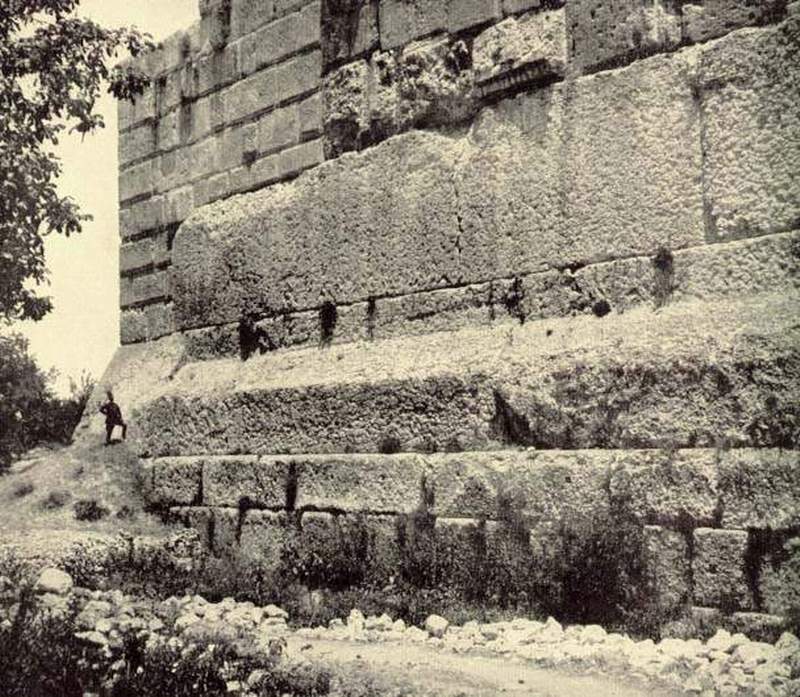
The Trilithons of Baalbek: The largest carved stones in the world. The Romans built temples there. This concerns a number of colossi of 450 tons and three of more than 1000 tons. How did prehistoric engineers get it from the quarry to its destination?
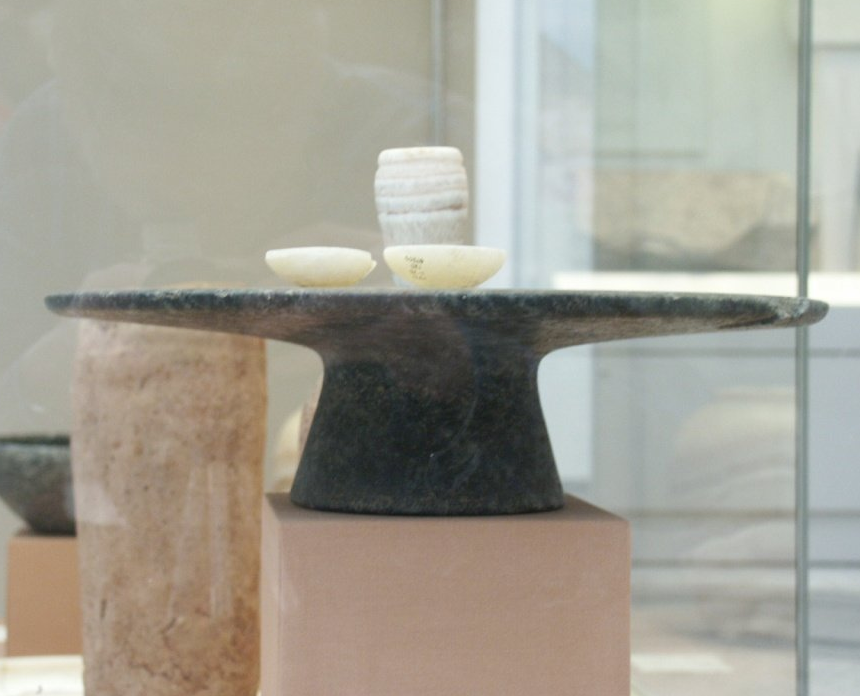
British Museum (Eng.): This prehistoric cake tableau is made of hard stone and is more than 5,000 years old.
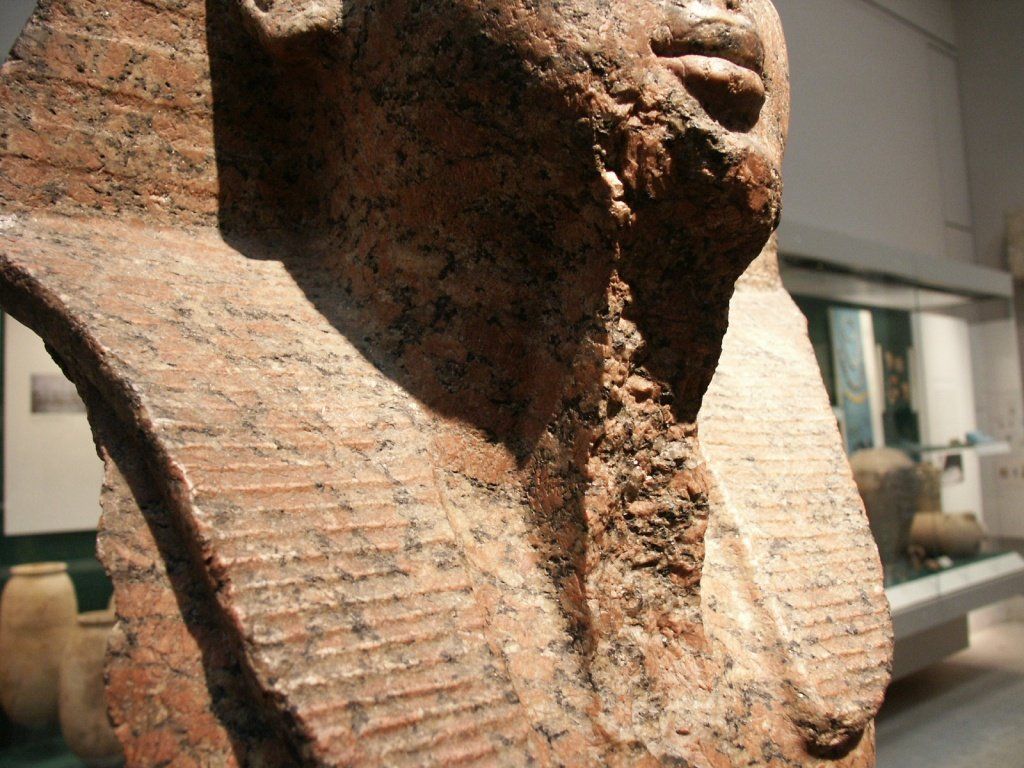
British Museum (Eng.): The damage to this bust of a pharaoh clearly shows that the surface is impossibly homogeneous compared to the coarse pink granite of the main body.
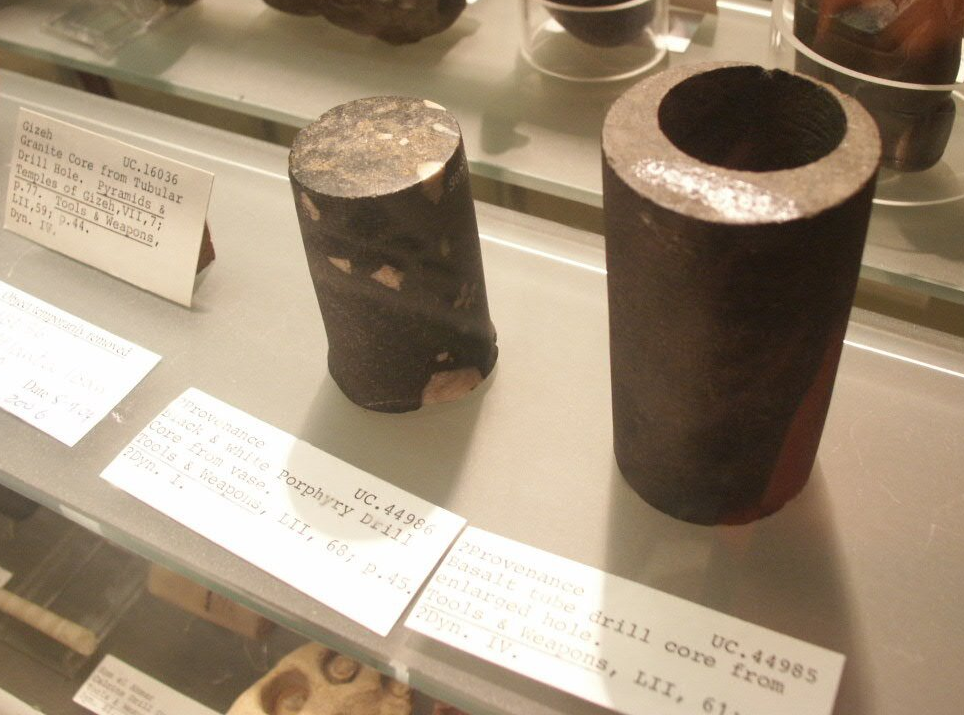
Prehistoric drill cores (Petrie Museum, London). The hole is asymmetrical with respect to the drill core,
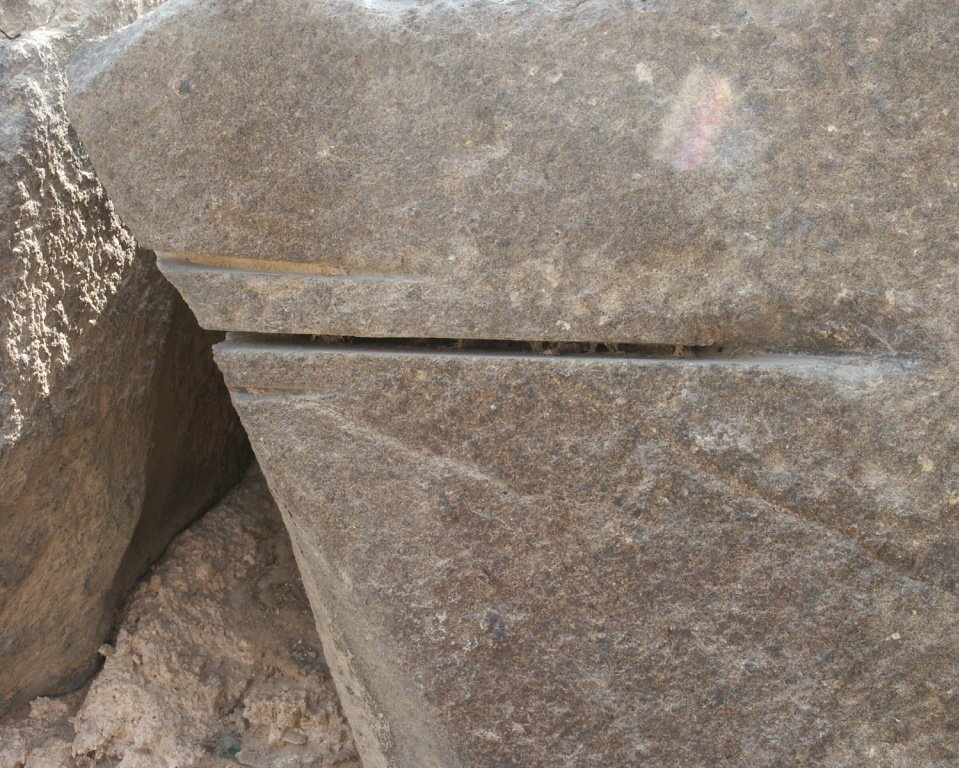
Giza (Eg): Saw cut, one of the many processing marks in the blocks of the basalt plateau near the Great Pyramid

Pyramid of Cheops (Eg.): The limestone blocks that make up the pyramid are not loosely stacked. It is clearly visible that some stones, as it were, drip over the other stones. The blobs of hardened plaster also stand out.
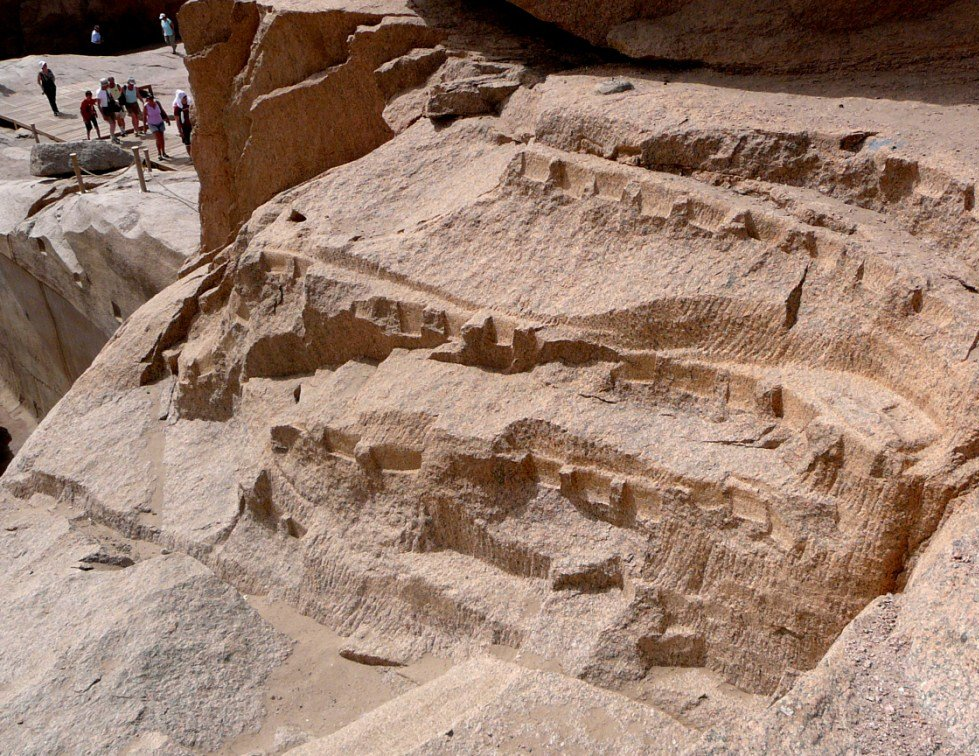
Aswan (Eg.): Numerous working marks can be seen in the Aswan quarry surrounding the unfinished obelisk. It looks as if material has been dug away with a snow shovel.
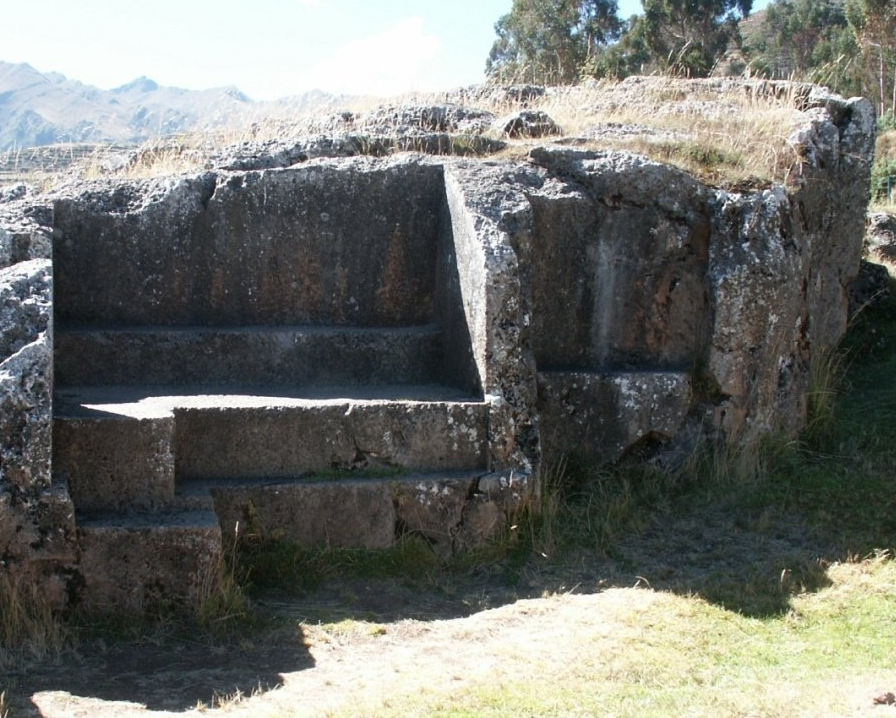
Chincera - Urumbamba (Peru): This strange rock is just somewhere in the field. A piece was removed from the rock with incredible precision. Or were rectangular stones made this way? How?
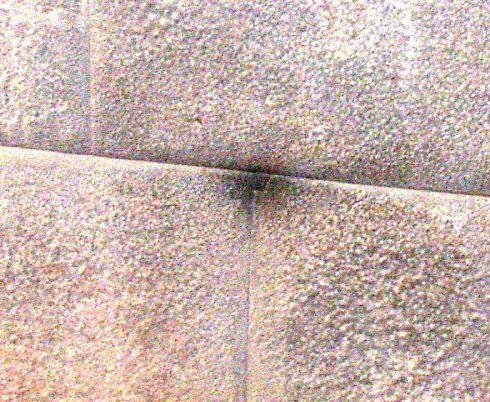
Corincancha (Cusco, Peru): In the Corincancha in Cusoc there is this remarkable hole in a bizarrely beautiful wall. Black-thumbed because thousands of tourists have wondered how it is possible to close a square hole. Still putty?
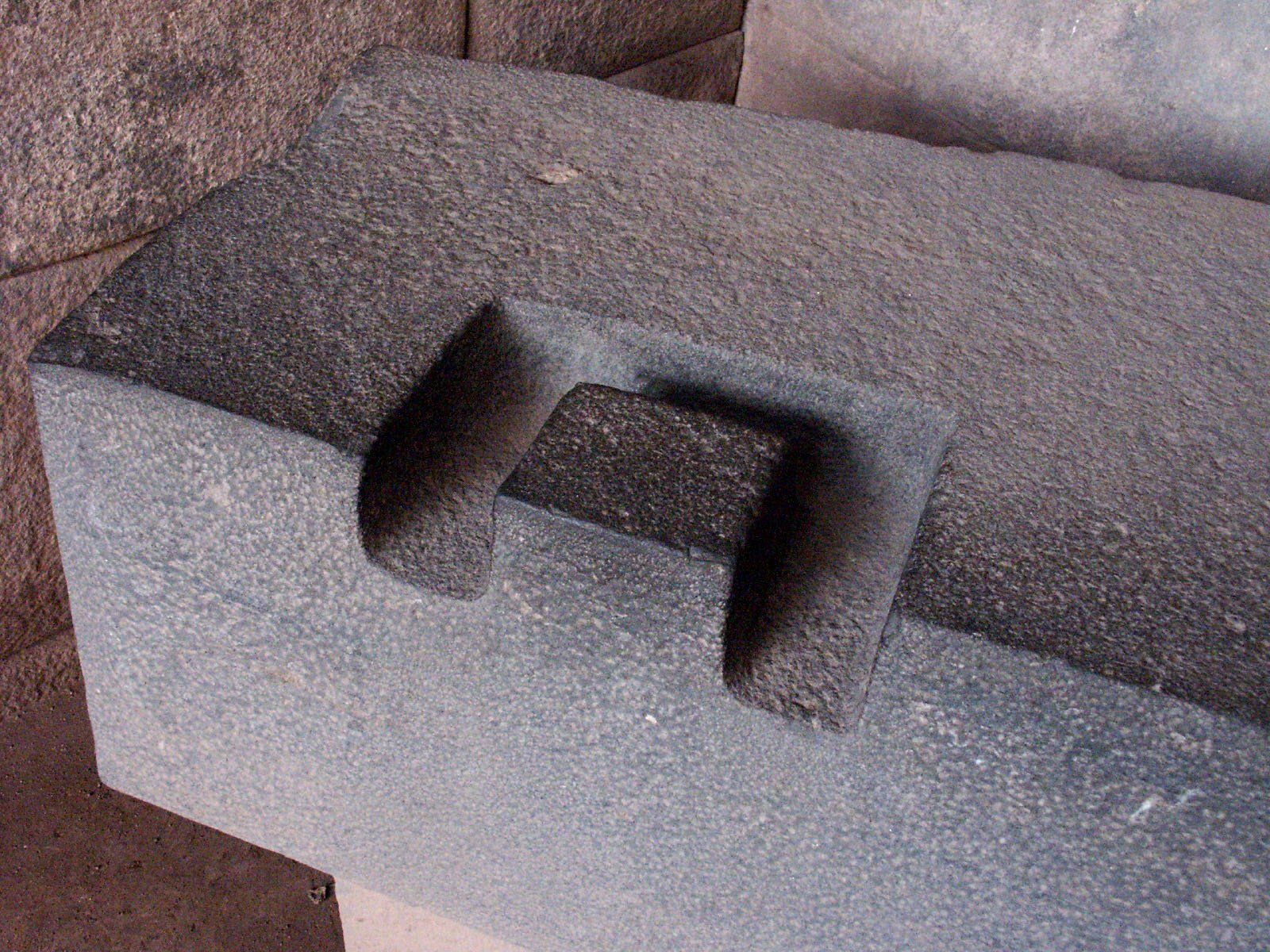
Corincancha (Cusco, Peru): The prehistoric engineers created this trench with playful ease. Just chop and break and then polish a bit, right?
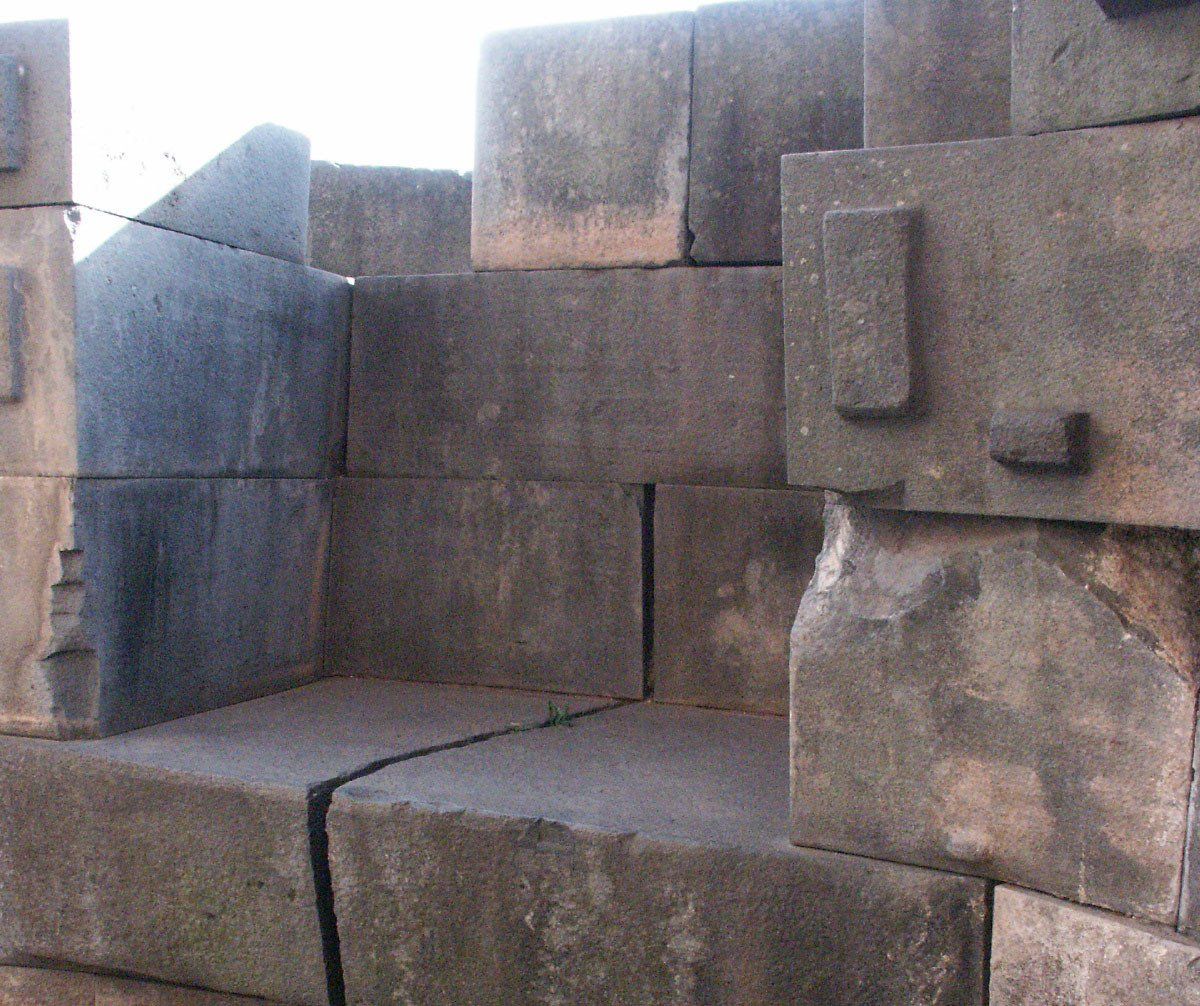
Corincancha (Cusco, Peru): It is already special how the prehistoric engineers manufactured the perfectly fitting building blocks. But even more remarkable is how they did this by leaving ridges in place. And do those ridges only have a decorative function?
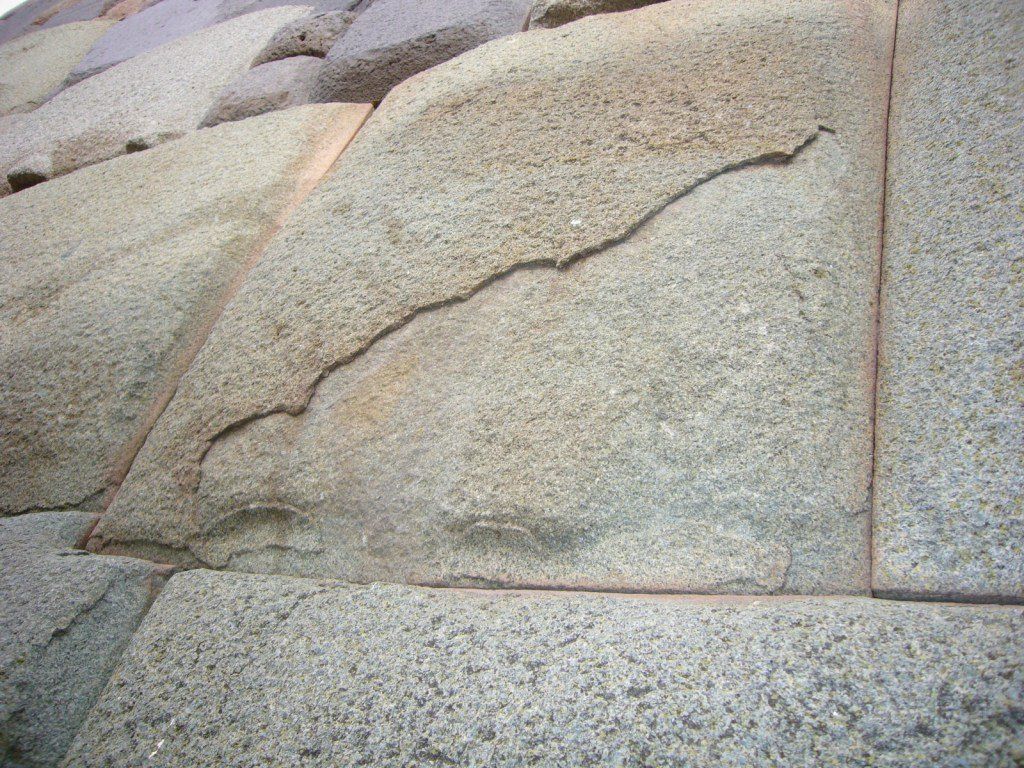
Hatunrumiyac, the famous street in Cusco where prehistoric engineers built a fantastic wall (on which the Spanish built a building). Those stones appear to be covered with a layer of plaster. There is a color difference with the solid.
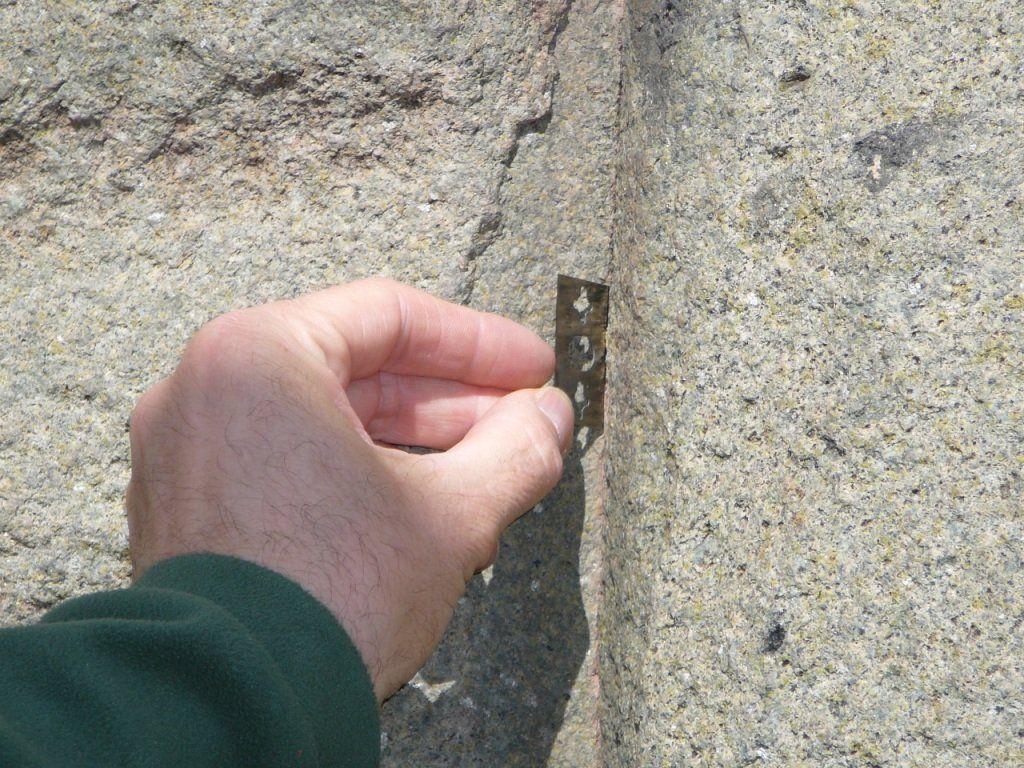
Hatunrumiyoc (Cusco, Peru): The stones in the wall of the Hatunrumiyac in Cusco are seamlessly connected. There is no way to get a razor between them yet.
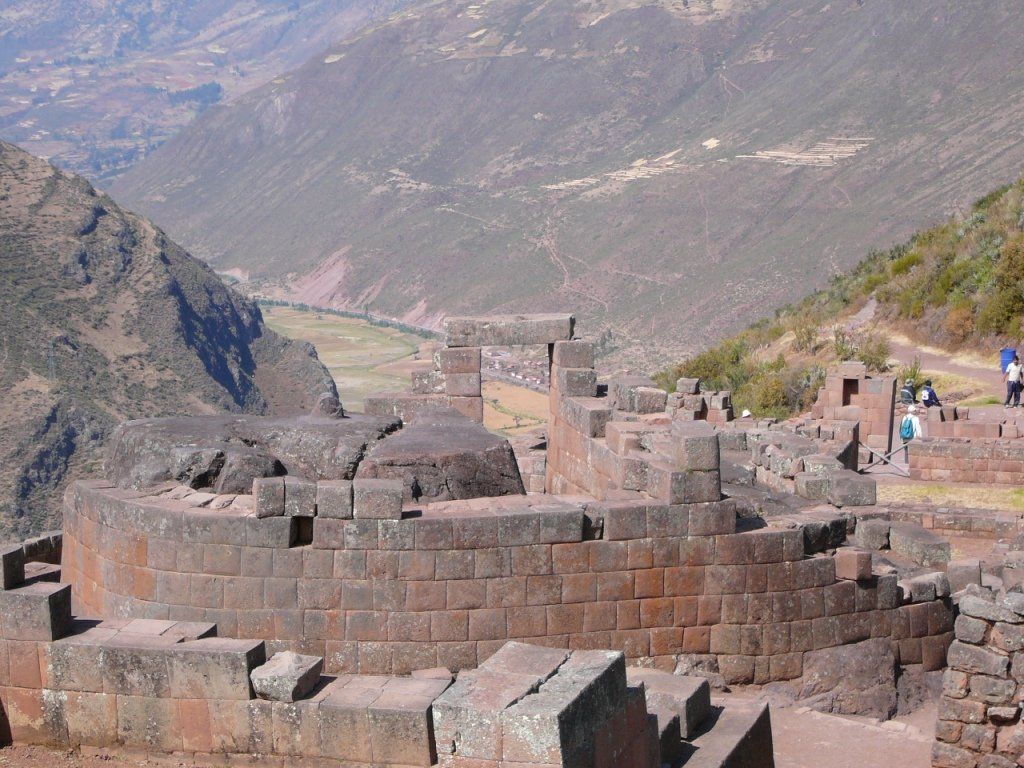
Pisac (Peru): The ruins of Pisac are hidden in the hills and are difficult to reach. In the center is a 'temple'; its wall surrounds a remarkable black mass (just like in Machu Picchu). Is that the original rock or is it some other 'sacred' material? And why is it so important to surround it with a bizarrely beautifully constructed wall?

Pisac (Peru): The walls of Pisac seem to be made of corten steel. Are the cylindrical protrusions purely intended as decorative elements?

Pisac (Peru): Making exactly fitting bricks is not an easy matter. But as we can see here, the rock functament was also processed in such a way that there is a precise fit with the stones.
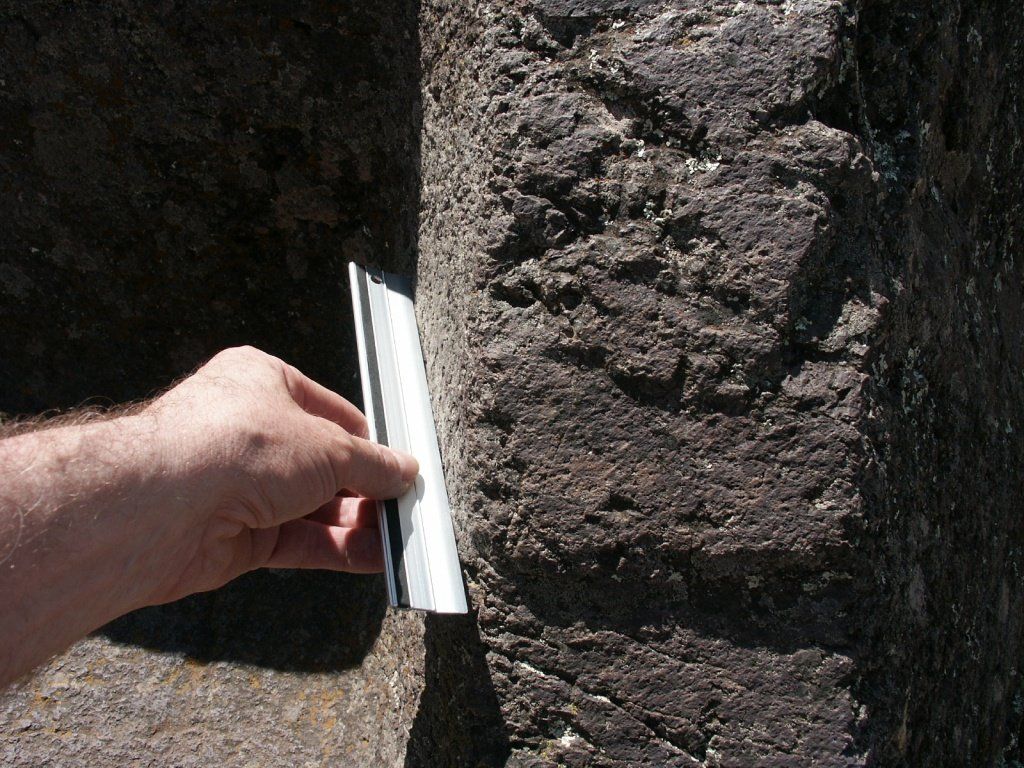
Pisac (Peru): In various places in the ruins of Pisac we find a black rock massif where a piece has been cut out. There are no chisel marks visible and the remaining surface is mirror smooth, even though the material itself is quite coarse.
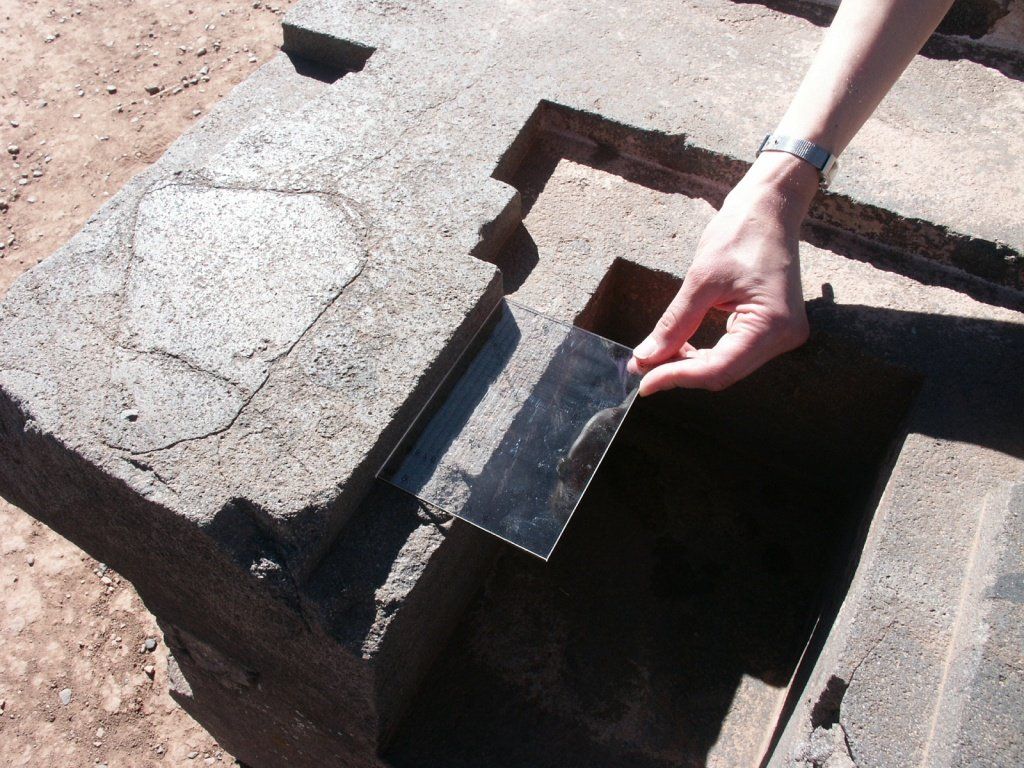
Tiahuanaco (Bolivia): This gate located on top of the Akapana pyramid is made of extremely hard rock. The surfaces are perfectly flat, and the edges extremely straight. It appears that a casting technique was used here. Also note the round spot that indicates material has been added if it has been repaired with filler.
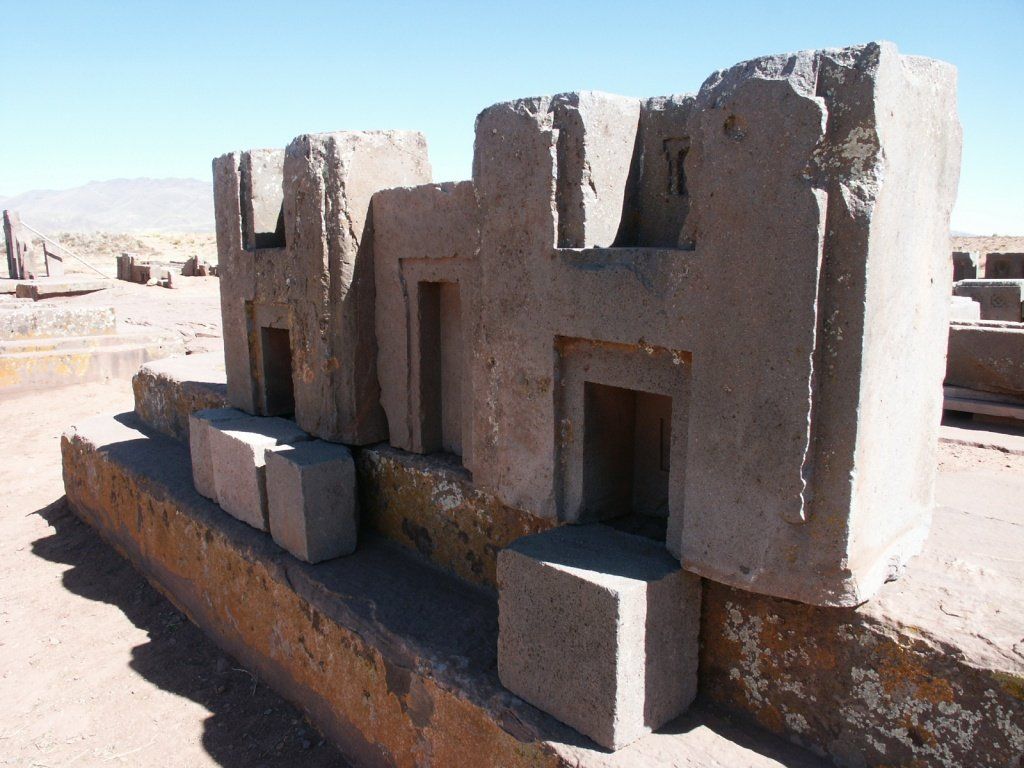
Puma Punke (Bolivia): It is not interesting for the average tourist; it is just a collection of large stone blocks. But these hard stone blocks tell a remarkable story: the specific shapes can only be created with advanced techniques such as milling, drilling and concrete casting. Scientific researchers are astounded and have no explanation for this.
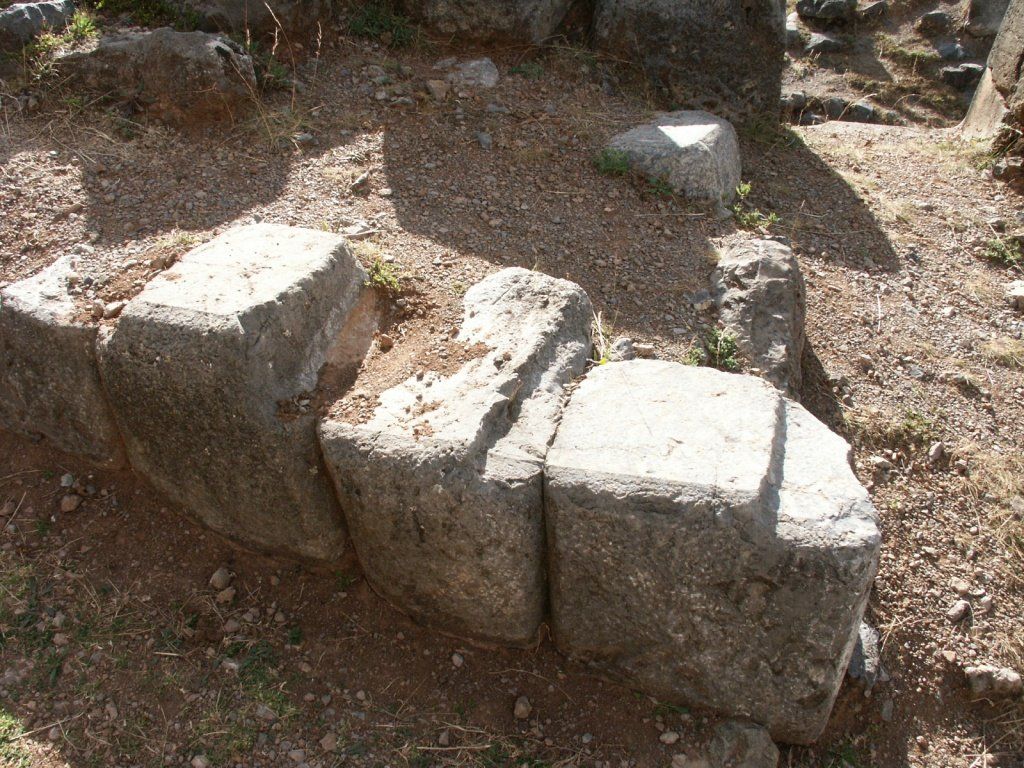
Sacsayhuaman (Cusco, Peru): These stones stand carelessly on top of the wall with the large megaliths. But the surface at the top clearly reveals that another stained stone has stood on top, flattening the still soft material like a modern floor tile does in wet mortar.
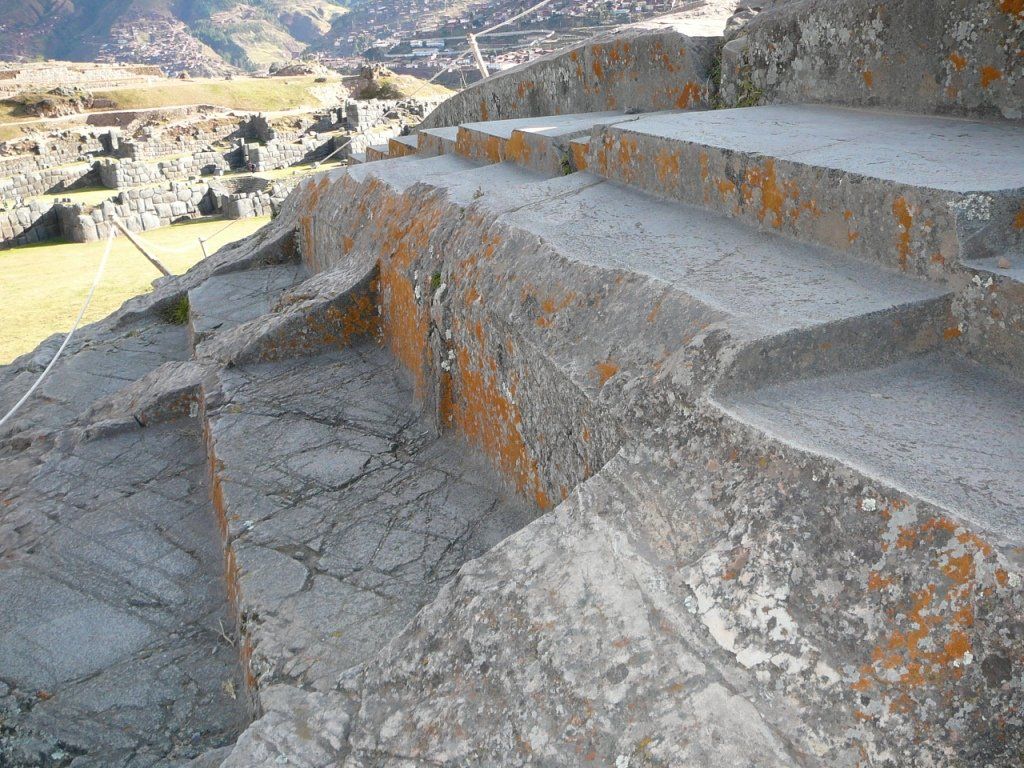
Sacsyahuman (Cusco, Peru): The so-called Inca throne is of course not a throne. The place where it is located is a mystery in itself. But what is completely bizarre is the accuracy with which the surfaces are made: there is no play at all visible with a metal ruler.

Sacsayhuaman (Cusco, Peru): The Sacsayhuaman quarry looks remarkable: there are no traces of cutting or crushing. It looks more like an enormous - now hardened - clay mass where material has been taken from the mass with a straight shovel.

Sacsyahuman (Cusco, Peru): Many have wondered how prehistoric engineers shaped this remarkable rock. But most likely it is just upside down: perhaps the Spaniards, looking for gold, blew up this rock so that it is now on its point.
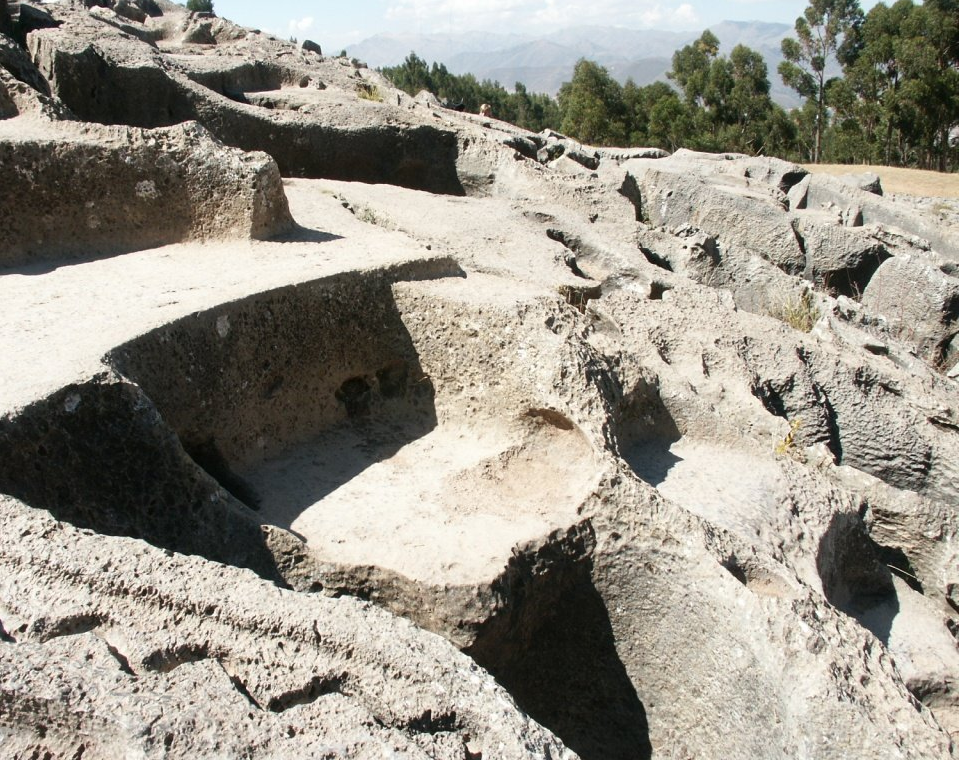
Quenko-Sacsayhuaman (Cusco, Peru): The Quenko quarry near Sacsayhuaman is bizarre if we assume that blocks were cut with a hammer and chisel. It seems that the rock was soft at the time and only hardened later.
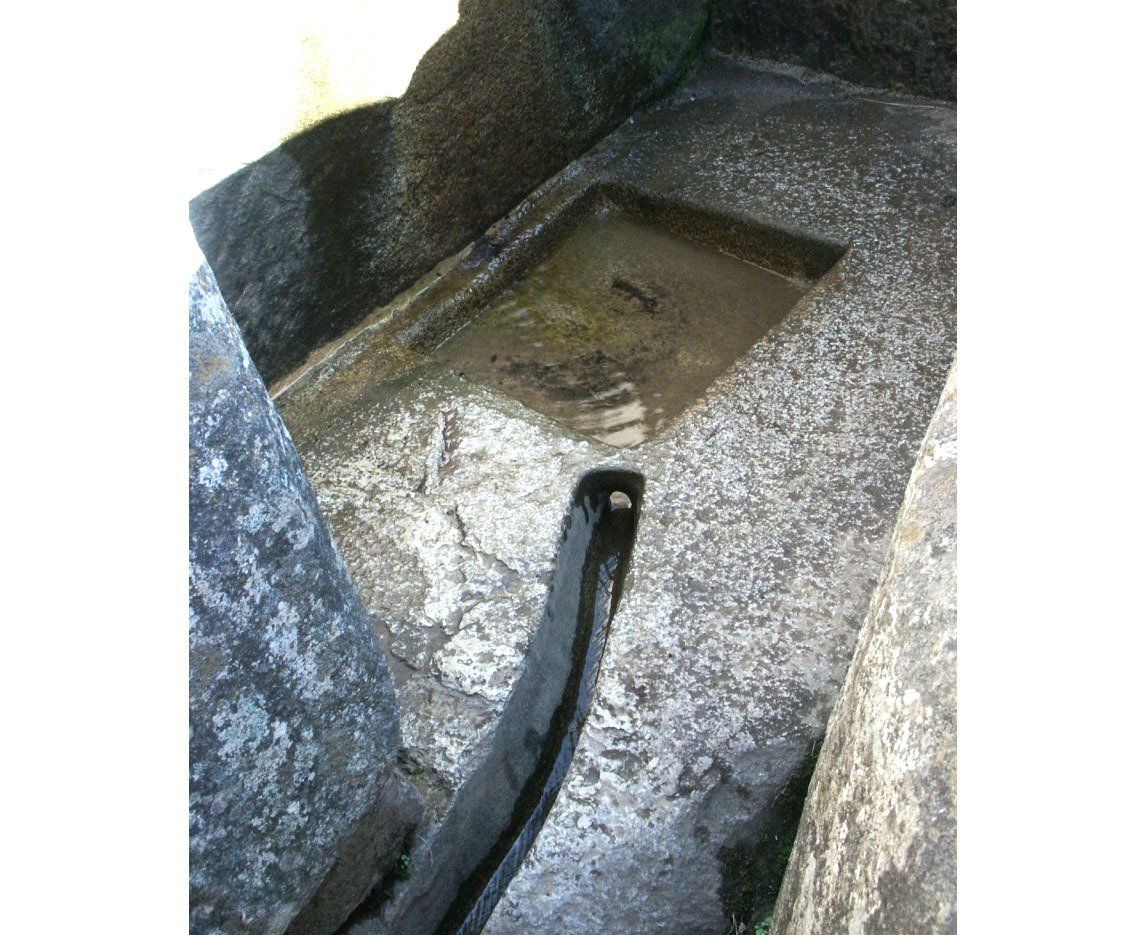
Machu Picchu (Peru): This space is known as the "Princess Bath" but of course no one knows whether a princess ever used it. But it is an excellent bath, worthy of a princess, given the way the water is drained. Was this drain really made with a hammer and chisel?
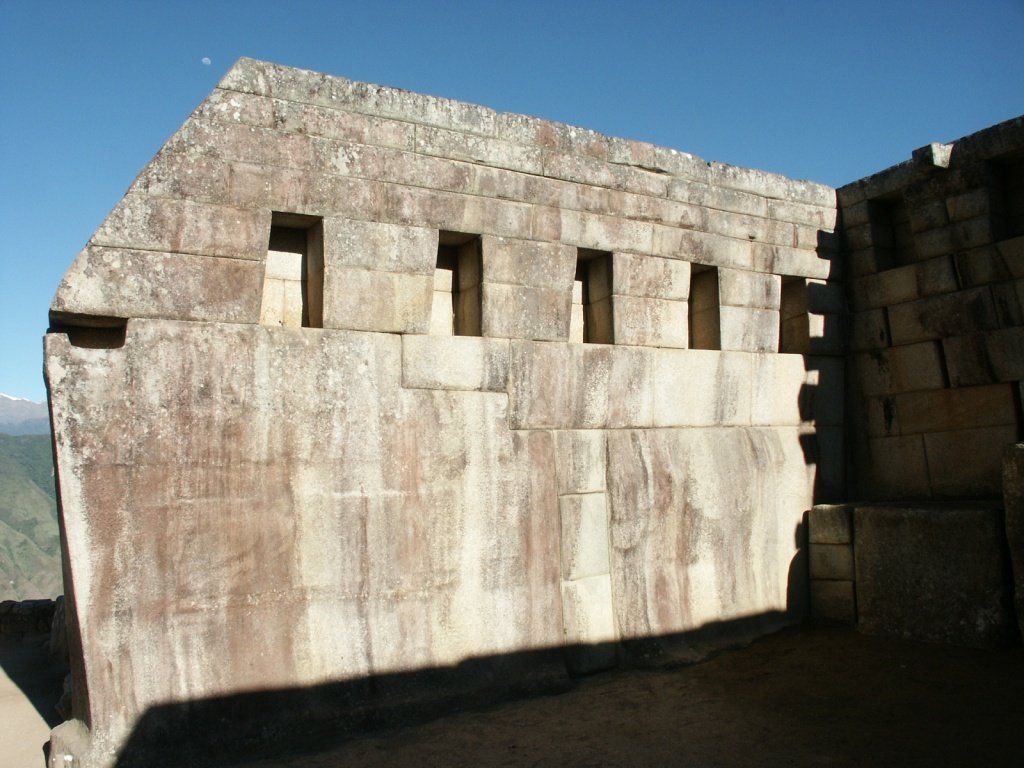
Machu Picchu (Peru): This wall attracts attention: is the base made of a block, or do we see stones with a layer of plaster over them?
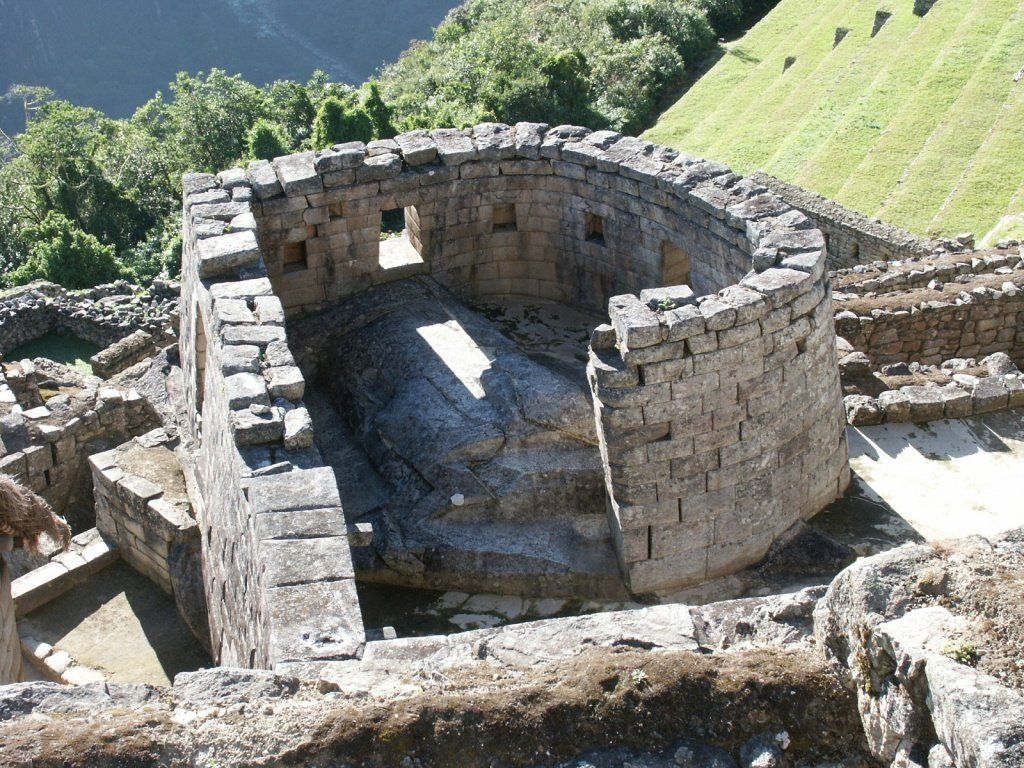
Machu Picchu (Peru): The famous "Temple of the Sun" consists of a fantastically constructed wall enclosing a typical rock mass. Just like in Pisac, or under the dome on Table Mountain in Jerusalem. Why is this rock mass so special that such a special wall was built around it?
Explore everything and retain what is good